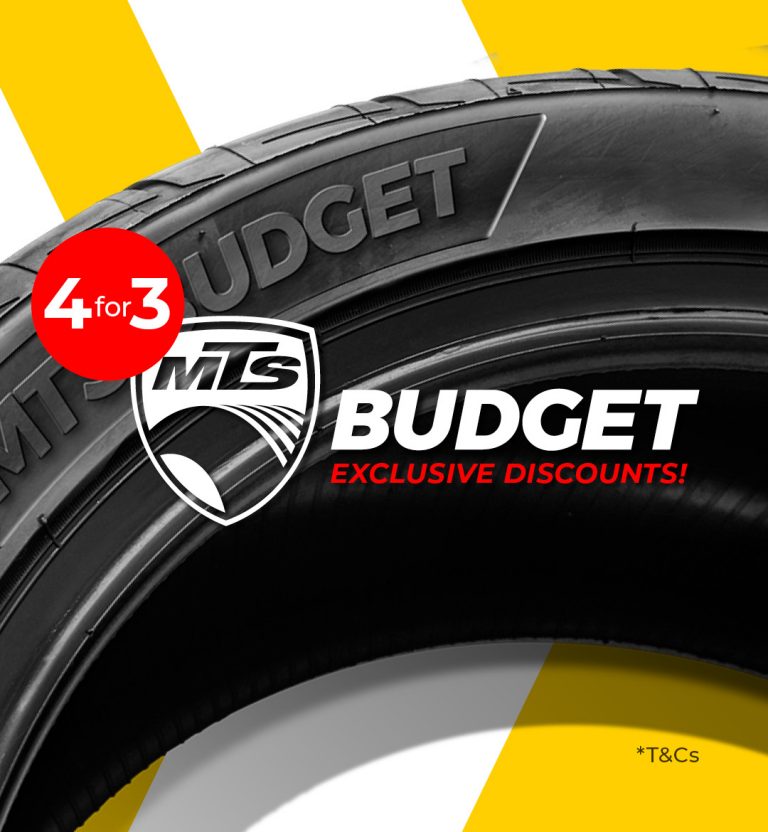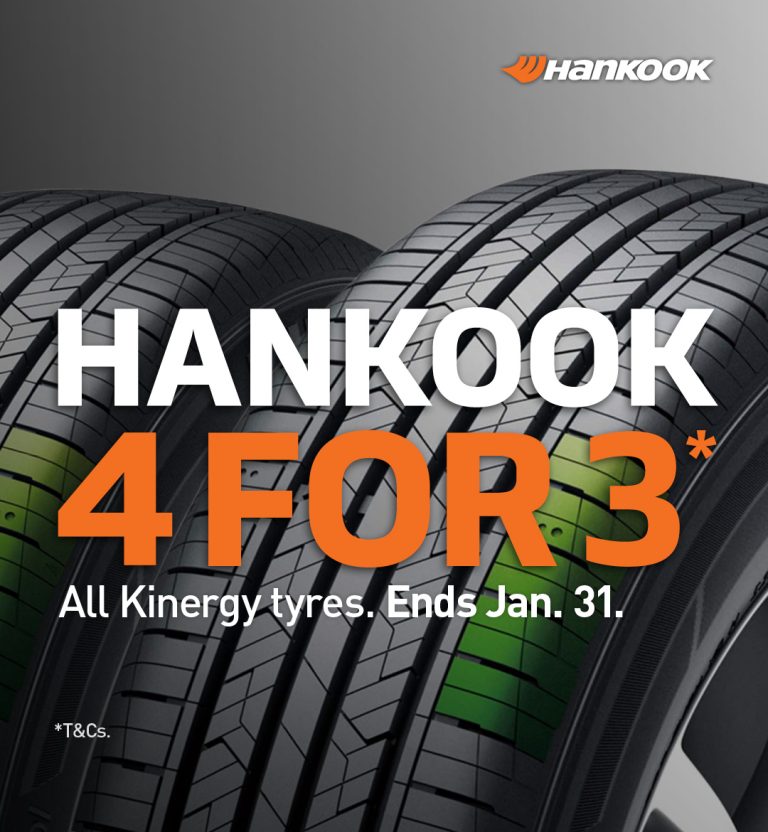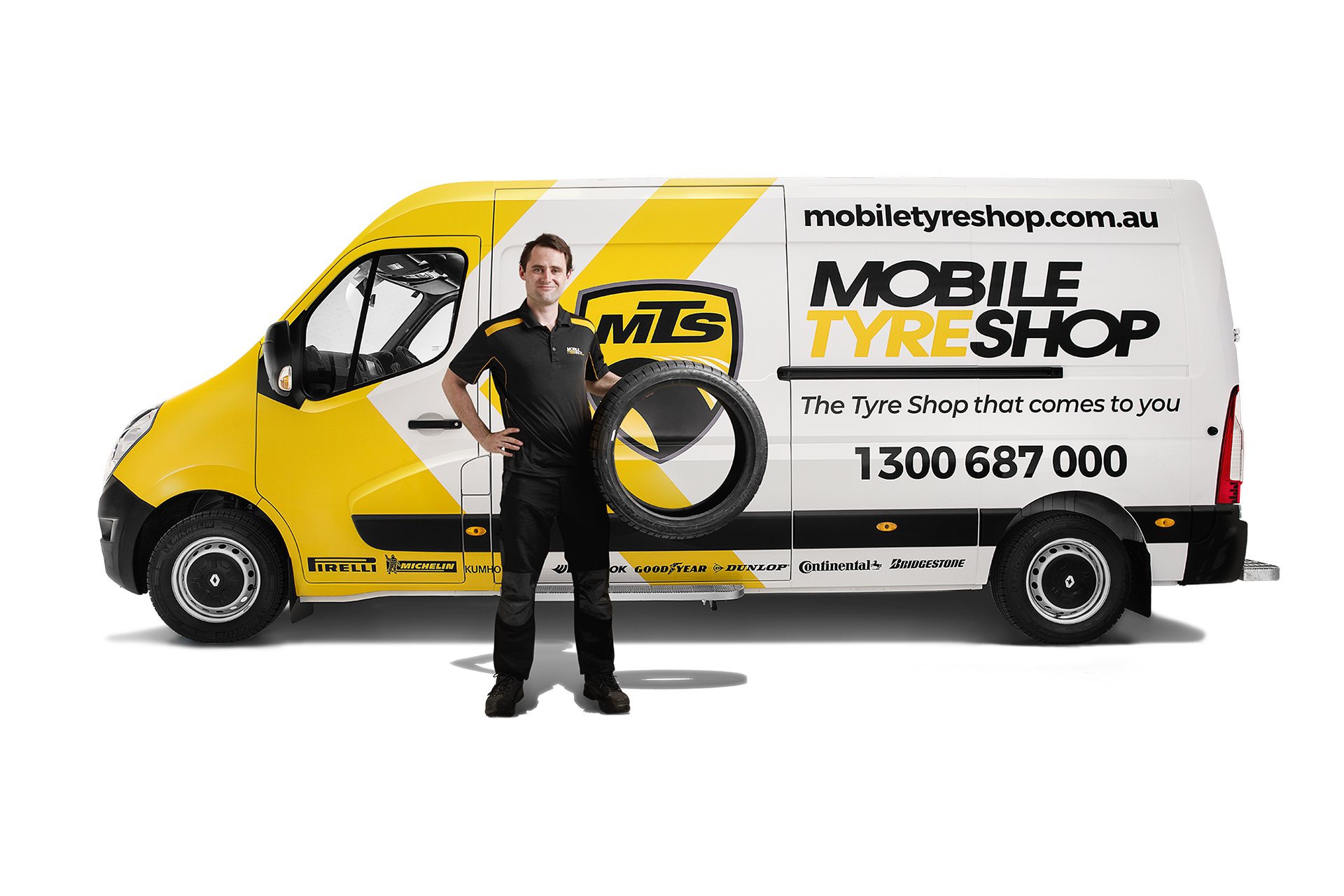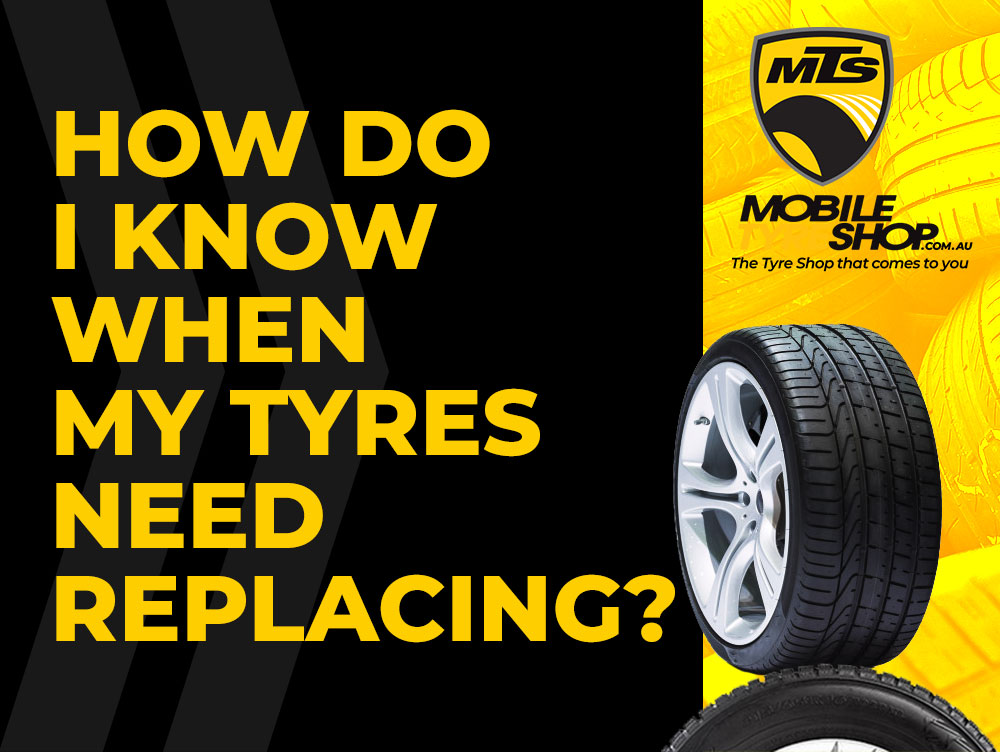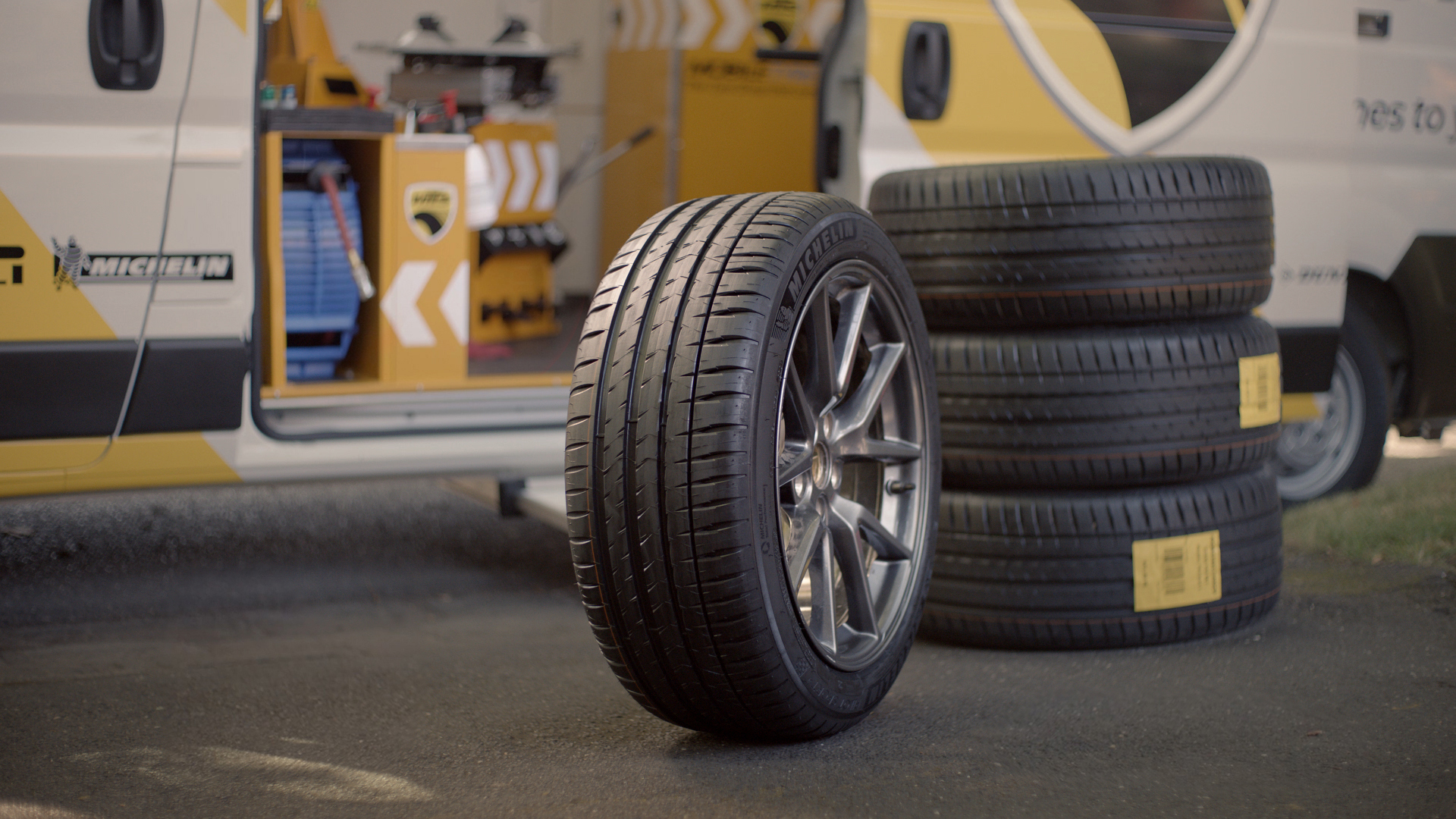Noticed that your steering is heavy or that the car seems to be using more fuel than usual? Your car’s tyres probably aren’t at the right pressure, or they may even have a puncture. Yup, a puncture. Not the explosive, blow-out kind that you see in the movies, but a slower, less noticeable pinch, crack or tear that takes a long time to have any effect.
It’s important to know what a puncture looks like and how it feels. In this article we discuss types of punctures.
Slow punctures
Slow punctures are often less noticeable and gradually diminish the handling of your vehicle over time. How slow punctures might happen:
- Small punctures: Tiny punctures in the tire caused by sharp objects like nails, screws, or glass can create a slow leak. The object may remain lodged in the tire, which allows the air to escape slowly rather than all at once.
- Damaged valve stem: The valve stem is the small protrusion on the tire where you inflate it with air. If the valve stem is damaged, cracked, or not properly sealed, air can slowly leak out of the tire, causing a slow puncture.
- Bead leakage: The bead is the part of the tire that comes into contact with the rim of the wheel. If there is any damage or corrosion on the rim, or if the bead is not seated correctly, a slow leak can occur as air escapes between the tire and the rim.
- Porous tires: Some tires, especially older ones or those made from lower-quality materials, can become porous over time, allowing air to seep through the rubber itself. This can result in a slow puncture.
- Temperature fluctuations: Changes in ambient temperature can cause the air inside the tire to expand and contract, which may lead to slow leakage. This is especially true in areas with significant temperature changes between day and night or during seasonal transitions.
- Wheel damage: Dents, cracks, or other damage to the wheel can cause an imperfect seal between the tire and the rim, allowing air to slowly escape and causing a slow puncture.
Severe punctures
Severe punctures (or blow-outs) are instantaneous and can have catastrophic effects on your tyre and the handling of your vehicle. How severe punctures might happen:
- Sharp objects: Running over sharp objects like nails, screws, glass, or debris can cause severe punctures in a tire. These objects can penetrate the tire, creating a large hole or tear, which leads to rapid air loss and immediate deflation.
- Potholes and road hazards: Hitting a deep pothole or other road hazards at high speed can cause severe damage to the tire’s structure, leading to a puncture. The impact may also damage the wheel, resulting in an imperfect seal between the tire and rim, which exacerbates the puncture.
- Overloading the vehicle: Exceeding the maximum load capacity of your vehicle can put excessive pressure on the tires, causing them to weaken and potentially puncture under the strain. Overloading can also increase the risk of a tire blowout, which is a sudden and severe tire failure.
- Under-inflation or overinflation: Improperly inflated tires are more susceptible to severe punctures. Under-inflated tires have increased sidewall flex, making them more vulnerable to damage, while overinflated tires are more prone to bursting when encountering a sharp object or road hazard.
- Sidewall damage: Tires with damaged sidewalls are more likely to experience severe punctures. Sidewall damage can be caused by rubbing against curbs, poor alignment, or other factors that lead to uneven wear on the tire.
- Tire age and wear: Old or worn-out tires are more susceptible to severe punctures due to their weakened structure. As tires age, the rubber can become brittle, and the integrity of the tire can be compromised, increasing the likelihood of punctures.
It can be hard to avoid a puncture: the debris that causes one can be impossible to spot on the road before you. Nonetheless, when driving always watch the road ahead well to avoid potholes and foreign objects, and inspect your tyres regularly for any signs of damage.‚ÄØ
Puncture repairs
People often ask: do the Mobile Tyre Shop repair punctured tyres? Absolutely, as long as they meet our inspection criteria, we’re fully equipped to.
Take a look at the image below. In line with Australian safety standards, Mobile Tyre Shop can repair a puncture if it has occurred in the repairable zone (highlighted in green), there’s no evidence of damage to the sidewall (the red zone), and the angle and size of the puncture itself are within legal limits.
Your tyres must be in roadworthy condition, too. That’s why we always remove a tyre when we inspect a puncture. If a tyre’s been driven upon while flat, it can overheat, and the rubber within can melt and congeal. This compromises the tyre’s structural integrity and is a clear reason why you should never judge a puncture by its cover!
Got a puncture and need a hand? Get in touch with Mobile Tyre Shop.
Our vans are equipped with all the latest tyre changing technology – from puncture repair equipment to a full tyre-changing unit, computerised wheel balancer and all the necessary pneumatic, lifting and safety equipment. We can repair punctures for everything from a car to a light commercial vehicle, a trailer to a caravan, a spare wheel to wheelbarrow.
We’re not a roadside assistance service with a temporary outcome, though. If your tyres are in good nick and are repairable, our puncture repairs are permanent and professional, comply with all Australian safety standards and are fully guaranteed.
For more info on Mobile Tyre Shop’s puncture repair service, click here.









